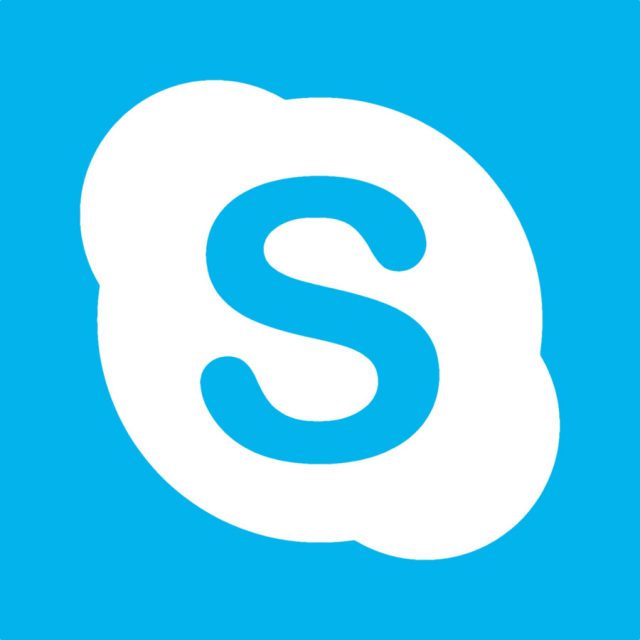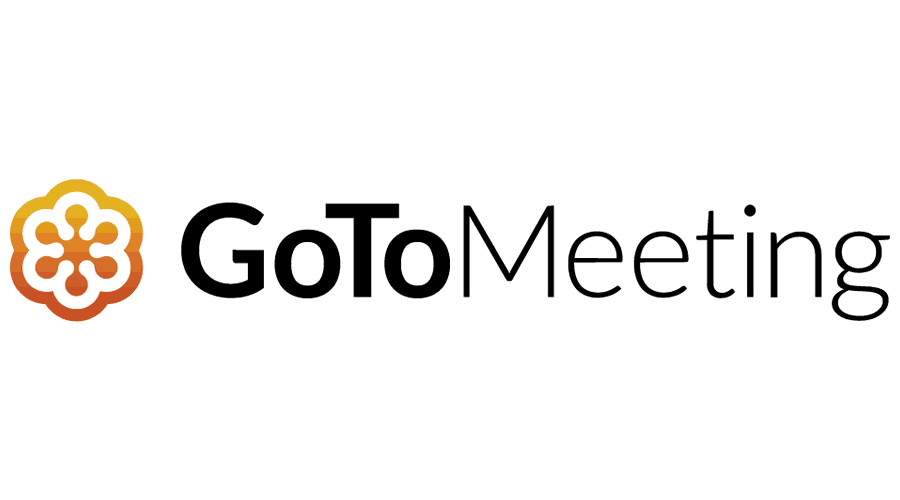Even before the Quarantine lifestyle that so many Americans currently endure, video conferencing and remote working were both growing in popularity. Video conferencing is now in widespread use, from celebrities hosting shows and performing table reads to teachers educating their students and managers meeting with their teams — it’s a veritable golden age for videoconferencing.
While this platform has its moment in the sun, we decided to take a closer look five of the more popular options out there:
Zoom

One of the most popular and well-known options on the market today, Zoom provides video conferencing, online meetings, and group messaging in one easy platform.
Pros:
-Free
-Easy to use
-All of the functionality that you might need for basic meetings
-The ability to conference with many people and use virtual backgrounds
-Very highly rated by customers
Cons:
-Security issues (which you can read about: here), which are reportedly patched up in a beefed-up Zoom 5.0, which includes AES 256-bit encryption for increased privacy protection
-First 40 minutes is free, paid subscription after that
-Lacks web feature for new users (which forces everyone to download the app before using g
Skype

The old one of the bunch, Skype is a free web meeting, video conferencing, VoIP software with the ability to call landlines and paid international calling, plus conference calls with up to 25 people.
Pros:
-Very easy to use
-International calling available
-Conference calls with up to 25 people
-Unlimited time for video calls
Cons:
-No screen sharing or presentations ability
-Quality on a mobile phone is inconsistent
GoTo Meeting

This program is equal parts: online meetings, desktop sharing, and video conferencing. It includes plenty of online meeting tools, including real-time screen sharing and integrated audio.
Pros:
-The ability to create a custom-URL to share with other users
-Intuitive, easy-to-use software
Cons:
-Phone users have difficulty seeing other meeting attendees
-Connection and audio issues reported by many users
Microsoft Teams

Microsoft Teams couples video conferencing software with team collaboration tools. MS Office users can conduct conference calls and share files via SharePoint.
Pros:
-Collaboration tools for sharing documents and files
-Works well on the iPhone app version
-GIFs available in the chat function for extra pizzazz
Cons:
-Pricey: you have to run Office 365 to make full use of the product (Microsoft 365 Business ranges from $5 per user per month, up to $20 per user per month for the premium edition)
Google Hangouts

Google Hangouts offers messaging, voice, VoIP, and video calls. It is part of Google’s G Suite offering, which means it integrates with Gmail and Google+.
Pros:
-Free to use
-Easy to set up, intuitive interface
-Screen sharing
-Video conferencing
-Sending documents
Cons:
-Lack of advanced features such as a waiting room for early-joining participants
-No video recording feature available
Ultimately, which platform is best depends on what you are looking for and what you need. I hope this list helps you, even if just a little bit, as you wade through the sometimes murky waters of the videoconferencing platform!
Contributor, designer & admin for JohnHart Gazette.

